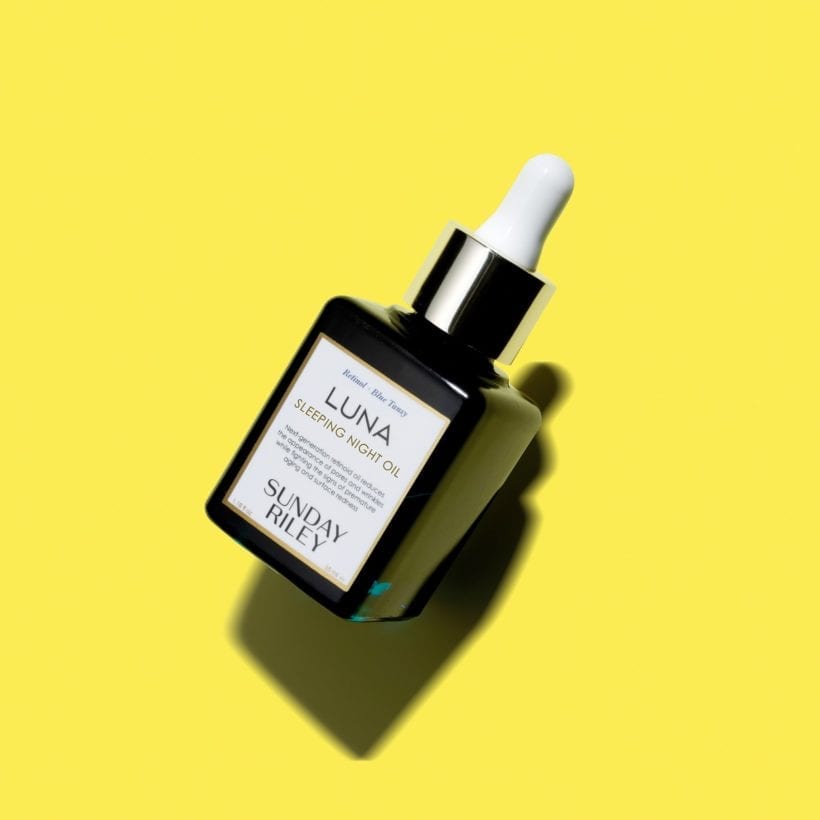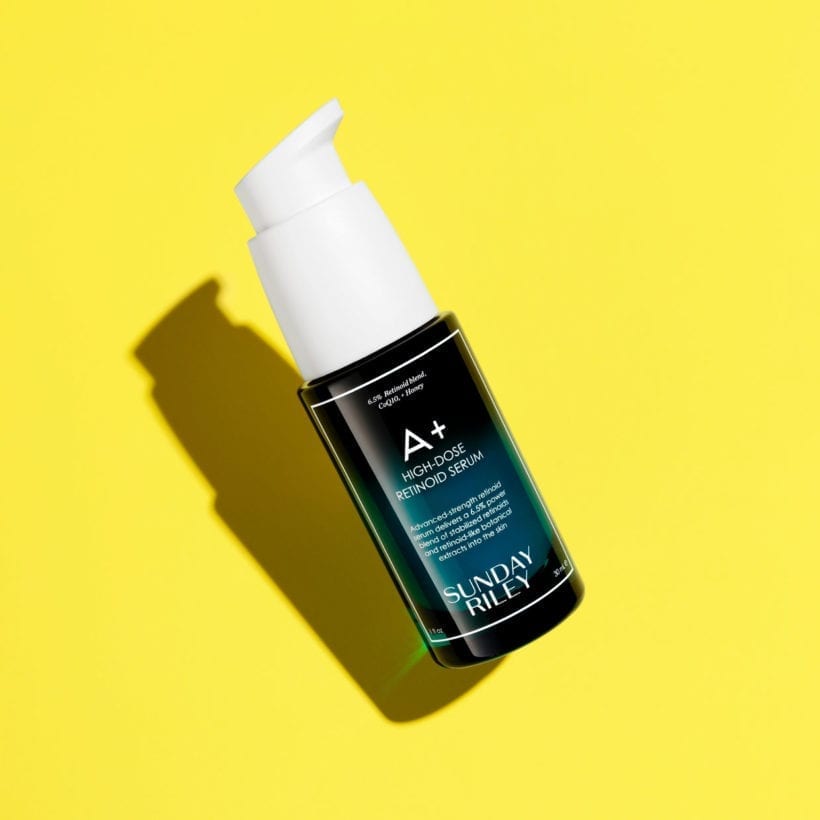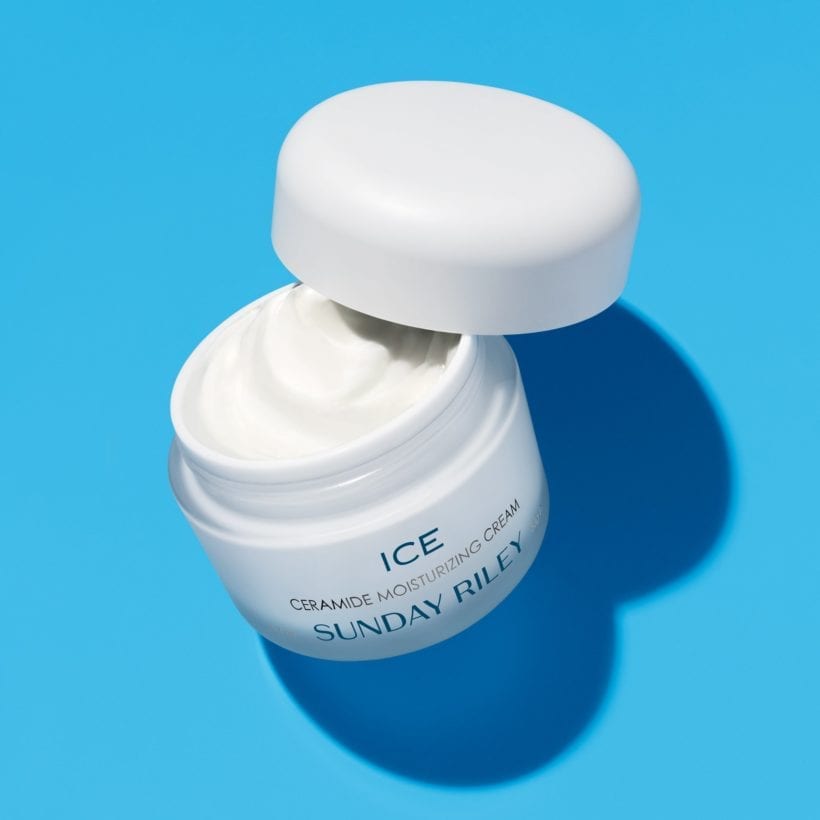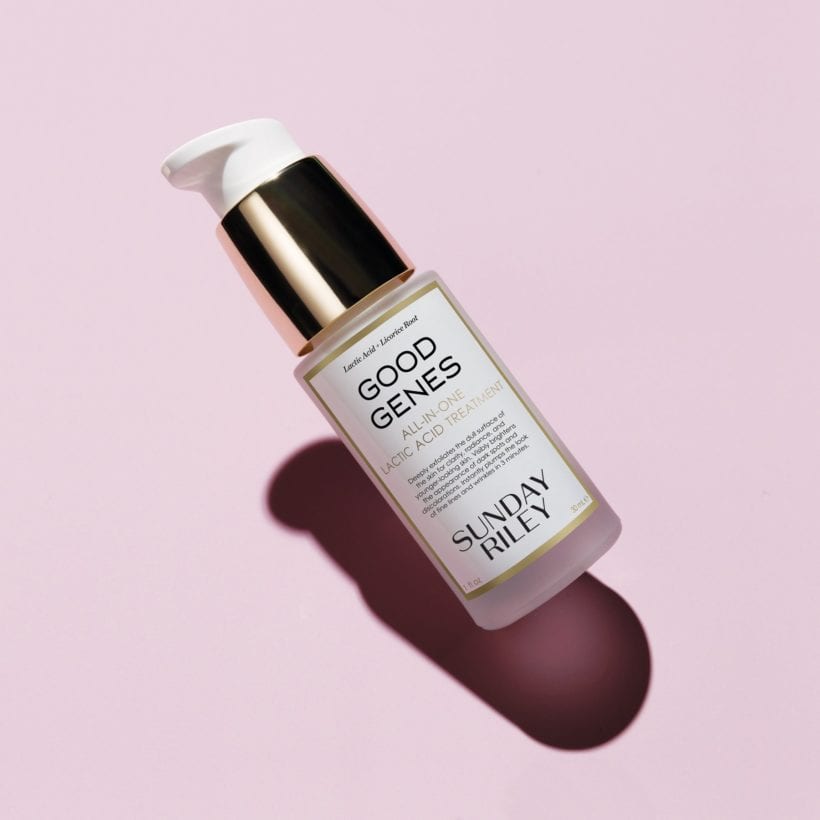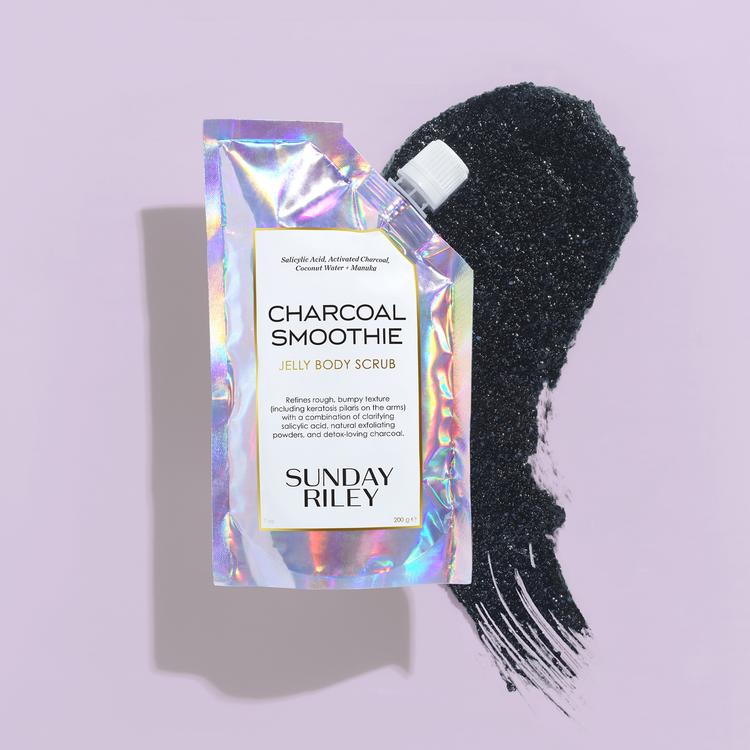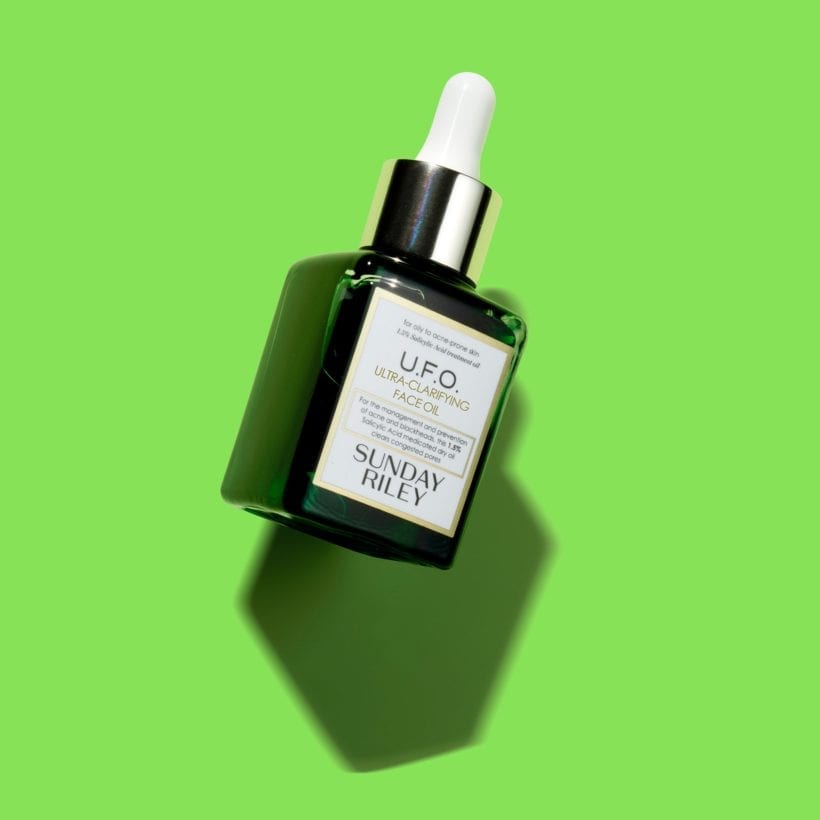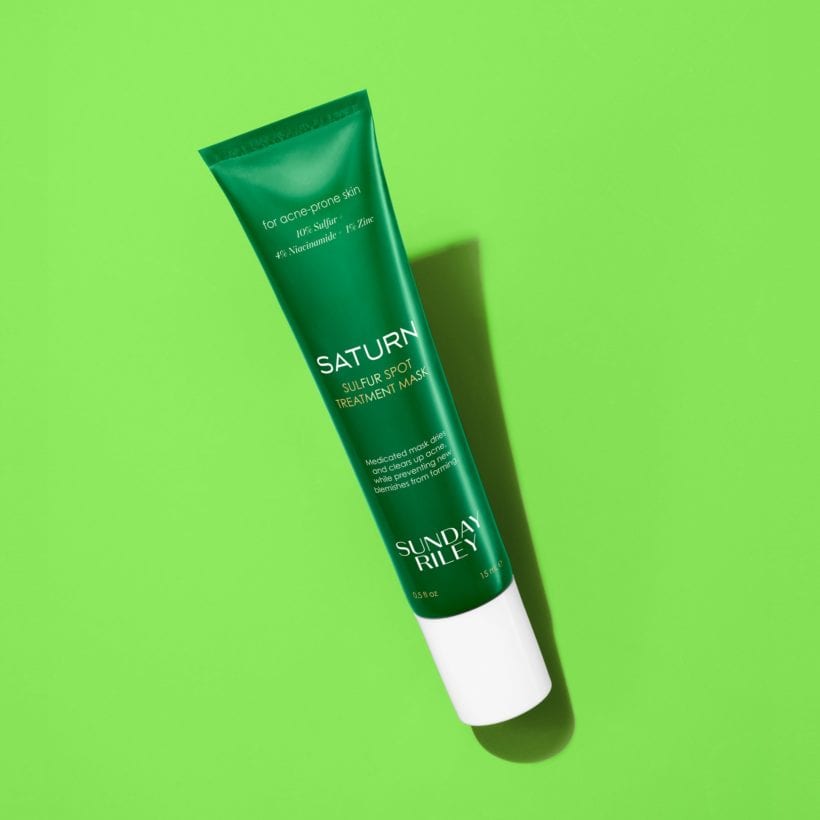The big day is all about the dress you’ve always dreamed of, immaculate hair, and absolutely flawless skin. The day most brides get engaged is when the planning begins, including beauty prep. For your skin to be in tip-top shape on your special day, it takes months of planning and some knowledgeable skincare experts, too. So as long as the calendar permits, start prepping your skin about six months before your wedding so that it’s picture-perfect.
Meet the Experts
Geneva Stockdale-Shaw, the OC Esthetician.
Dr. Jordana Herschthal, MD, a board-certified dermatologist in Boca Raton, FL.
Krista Rahman, a lead esthetician at Woodhouse Day Spas.
Dr. Howard Sobel, a board-certified dermatologist in New York City.
A Serious Skincare Push
Time frame: Six months before
A well-devised, all-encompassing skin care routine is essential to start at least six months before the big day, if not sooner. According to the OC Esthetician Geneva Stockdale-Shaw, it’s best to follow a good skincare routine for long as you possibly can before your big day, which gives your regimen ample opportunity to do its work and allows for room for error. Not sure where to start? A visit to a board-certified dermatologist who can help diagnose and treat your skin so that you can best achieve your skincare goals.
If your daily skincare routine works for you, then stick with it and tweak it as necessary. But if you’re someone who does little more than splashing your face with cold water in the morning, now’s the time to kick it into high gear. The sooner you can initiate goal-oriented skincare practices, the better.
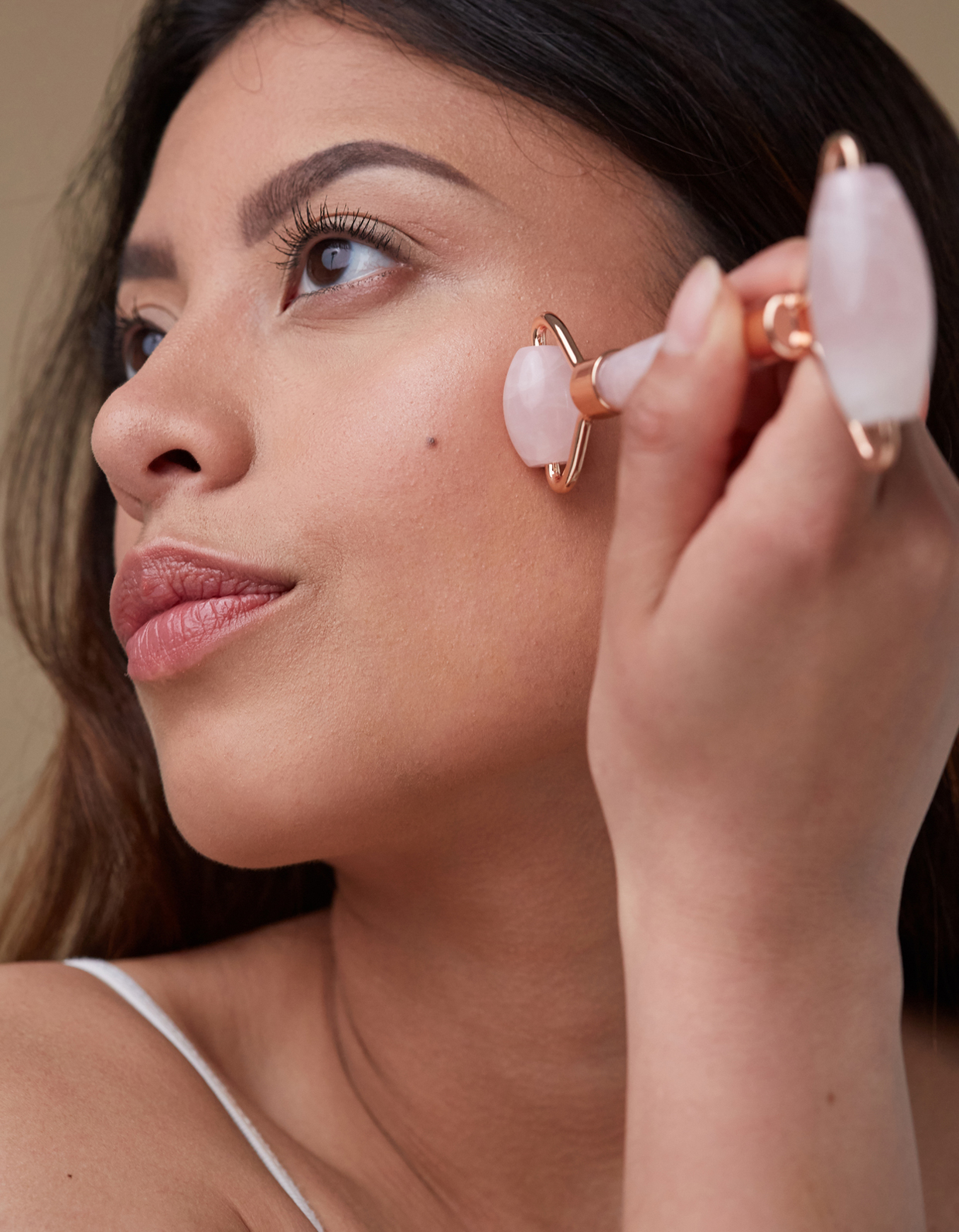
Of course, the protocol can range from numerous steps and ingredients to something more fundamental. Your skin’s needs, the amount of time you can dedicate daily, and your budget all factor into what you’re willing to take on. “At a minimum, it’s essential to cleanse the skin twice per day, use a brightening or anti-aging serum, moisturize, and apply sunscreen daily,” says Dr. Jordana Herschthal, MD, a board-certified dermatologist in Boca Raton, FL. She adds that these steps form the basis of a good skincare routine.
Determining which products are best for your skin type is where the help of a trained professional is of the utmost importance. For example, if your skin can tolerate a retinoid or retinol, now is the time to start using one (if you’re not already) since the vitamin A-derived ingredient builds collagen, smooths out the complexion, and sloughs off dead skin cells that can lead to dull-looking skin. Plus, less dead skin on the surface equates to skin that boasts that lit-from-within glow. Just make sure to find one that your skin can handle, like Sunday Riley 5 Stars Retinoid + Niacinamide Eye Serum, Luna Sleeping Night Oil, or A+ High-Dose Retinoid Serum, and don’t overdo it, even if that means only using it a few times per week. The last thing you want is to end up with red, irritated, or flaky skin as your wedding day nears.
Hydration, and lots of it, is crucial in prepping the skin, too. Stockdale-Shaw says well-hydrated skin allows makeup to sit beautifully on the skin. Stick with moisturizers like Sunday Riley’s Ice Ceramide Moisturizing Cream, which contains ceramides, or use other moisturizing ingredients like hyaluronic acid to impart much-needed moisture. Equally as important is regular exfoliation. Krista Rahman, a lead esthetician at Woodhouse Day Spas, explains that “exfoliation leaves the skin looking brighter and improves the effectiveness of topical skincare products by enhancing absorption. Rahman says regular exfoliation can also help prevent clogged pores, resulting in fewer breakouts on the chest, back, and even arms.
One thing you should never do in the weeks and days leading up to your nuptials is to test out a new skincare routine, product, or treatment. “It takes between two and eight weeks for the skin to become acclimated to new skincare products, and only then can you start to see results,” says Rahman. “When introducing a new skincare product into your routine, you can sometimes experience an adverse reaction like an increase in breakouts or dry, flaky skin, which is not something anyone wants so close to the wedding day.” Dr. Herschthal agrees and tells brides to stick to procedures they know agree with their skin. “Try to plan on having your last treatment two to four weeks before the big day, so there are no surprises or adverse reactions to deal with on your wedding day,” she adds.
Nip Breakouts in the Bud
Time frame: Three to four months before
The stress of wedding planning and starting the next chapter of your life are exciting but nerve-wracking, too. And with increased stress levels and feeling every little detail of your wedding is worthy of a full-fledged breakdown, it’s your skin that suffers. Stressed skin quickly manifests as redness and breakouts, which may be tempting to pick, but Rahman says to keep hands off no matter what. “Frequent picking can force debris and bacteria deep into the skin,” she explains. If that isn’t enough, picking at the skin may also introduce new bacteria from the fingers into the skin and form a blemish. “This can cause the pimple to become more red, inflamed, swollen, and infected, and may even lead to permanent scarring,” she adds.
A more powerful course of treatment may be necessary for those with hard-to-control breakouts. “Some brides-to-be may need prescription medications to help them achieve flawless skin,” Dr. Herschthal says. She puts her acneic brides on an explicit regimen that consists of either an oral or topical prescription medication along with chemical peels or radiofrequency microneedling. Once the skincare portion of things is under control, you and your dermatologist can begin to incorporate in-office procedures such as lasers, chemical peels, microneedling, injectables, and fillers.

Because it takes weeks for a pimple to fully form and then upwards of one week for it to begin to flatten and subside, breakouts that appear a month or two before your wedding may still be hanging out (albeit probably less inflamed and smaller) on your wedding day. If a pimple rears its nasty head in the weeks or days leading up to your wedding, don’t pick it. Instead, Stockdale-Shaw says to opt for a zit sticker. She also recommends avoiding unnecessary extractions, which she says can cause redness, irritation, and temporary hyperpigmentation even if done correctly.
Pony Up for Regular Facials
Time frame: Four months before
In addition to regular skincare, monthly facials can make the difference between good skin and great skin. Most experts recommend monthly facials to keep the skin clean. “The skin cells grow back after three or four weeks, and then the skin needs to be deeply exfoliated again,” says Rahman.
Facials are a great way to superficially improve the skin’s texture and boost the glow factor. However, a single treatment usually won’t prompt these results since they are cumulative. That’s why it’s best to pack in at least four sessions, or more, closer to your wedding date. Also, there will be time if your esthetician needs to incorporate other services, like LED or microcurrent, to improve the skin further.
Plump Up Fine Lines, Wrinkles, and Limp Lips
Time Frame: Four to eight weeks before
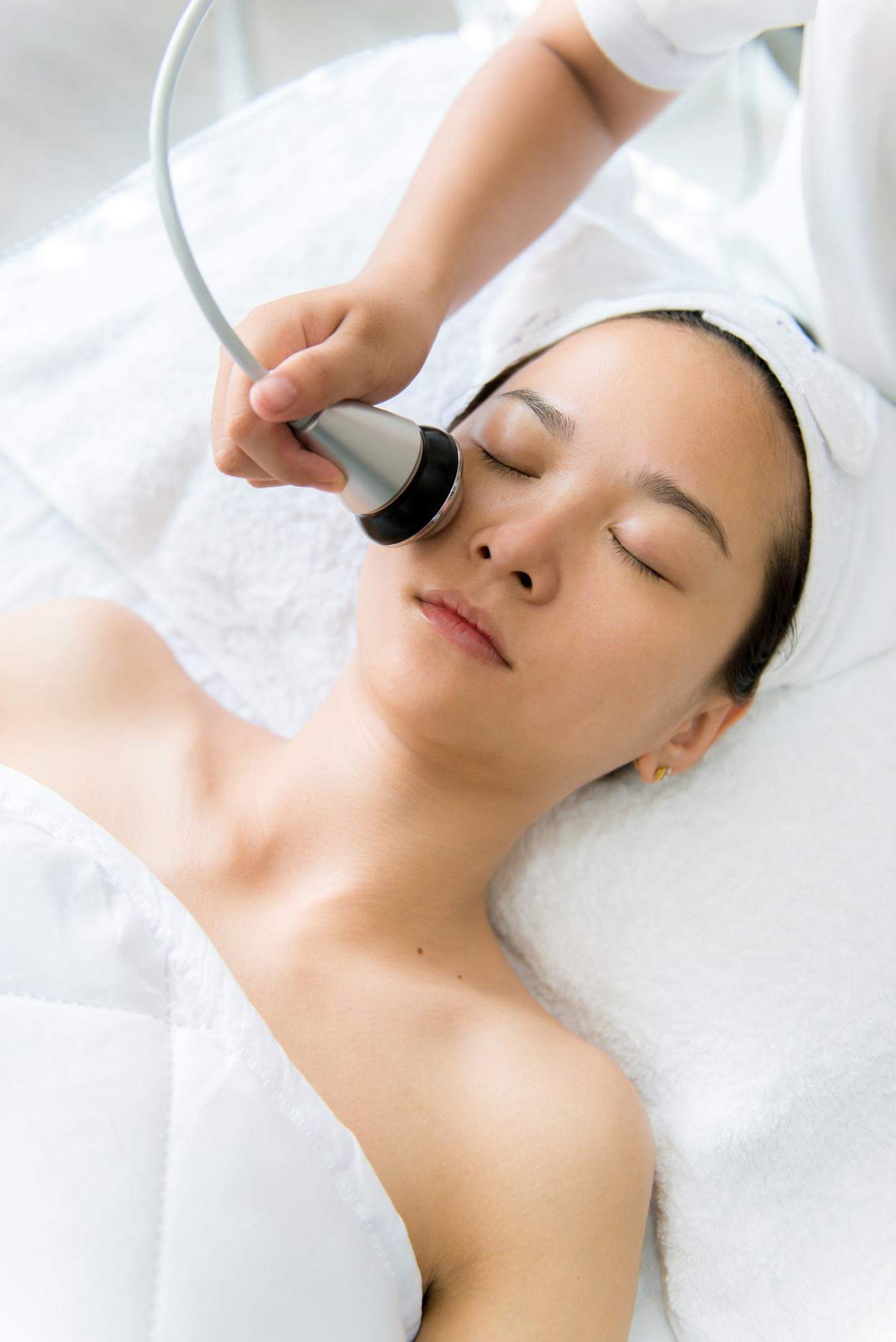
If you’ve never had a needle come anywhere near your face (for aesthetic purposes, of course), it’s crucial to give yourself plenty of time to test drive injectables and fillers. The rationale is that there can be bruising and swelling with these treatments — especially with newbies — and ample time is necessary to mitigate any of those effects should they arise.
Lasers and Botox are the most popular treatments for brides-to-be, says Dr. Herschthal. She tells her brides to finish all in-office procedures about one month before the wedding. “I plan backward with my brides to space out the treatments,” she adds. “For example, you don’t want to try Botox for the first time right before your wedding because if you don’t like it or you have a complication, then you will be stuck with it for three months!” Although she explains that most of her patients who are getting married see her monthly for treatments, their budget and the skin needs play a significant role in how everything gets scheduled and what is considered necessary.
Noninvasive ultrasound-based treatments like Sofwave or Ulthera are good choices for sagging skin. However, Dr. Herschthal says that ultrasound treatments can take upwards of three months for the results to start to kick in.
Erase Spots and Discoloration
Time frame: Four to six months before
No bride wants to show up at the alter with a marred complexion, which is why it’s a good idea to get a leg up on your plan of attack when it comes to lasers and chemical peels. Dr. Howard Sobel, a board-certified dermatologist in New York City, says the results garnered always depend on the type of pigmentation you’re trying to get rid of and the laser used. “A milder laser, like Clear + Brilliant, will take a series of treatments to see maximum benefits,” he shares.
Although other lasers, like the PiQo4, work faster and show almost immediate results, Dr. Sobel explains they too require multiple treatments for improving melasma and post-inflammatory hyperpigmentation. “Most patients will need to do a series of treatments timed two to four weeks apart,” he adds. In addition, post-laser skincare requires the diligent use of a good sunscreen and avoiding the sun at all costs to not undo the effects of the laser.
We only recommend products we have independently researched, tested, and loved. If you purchase a product found through our links, Sunday Edit may earn an affiliate commission.



